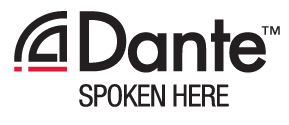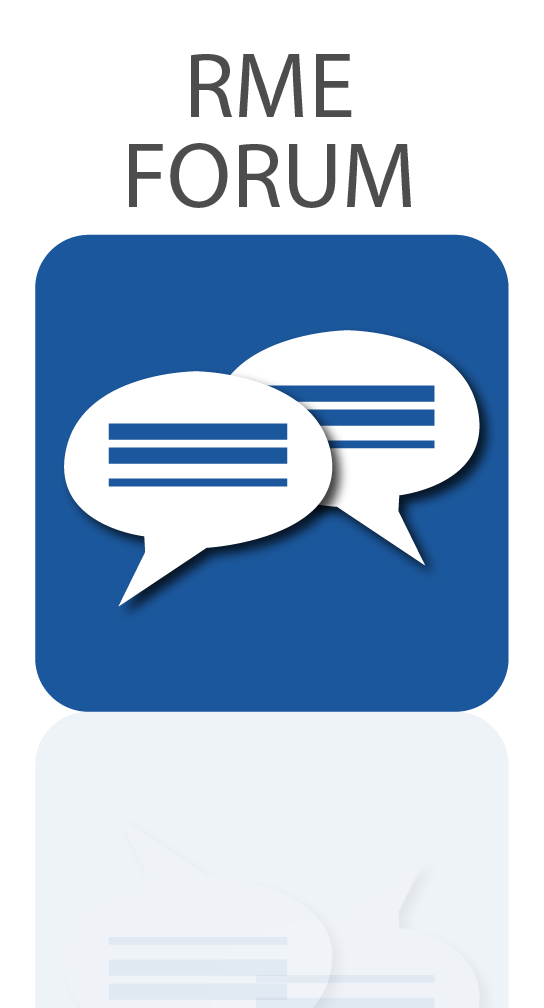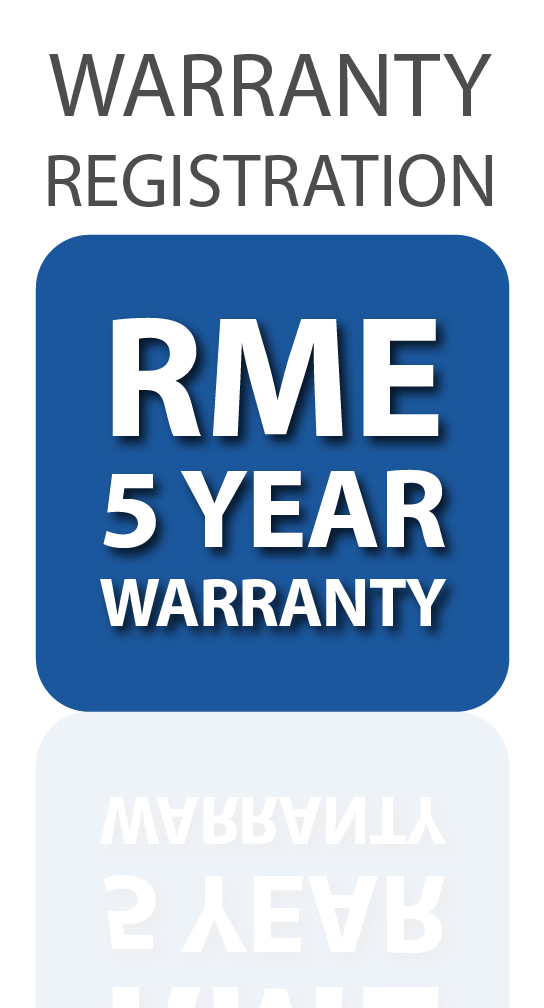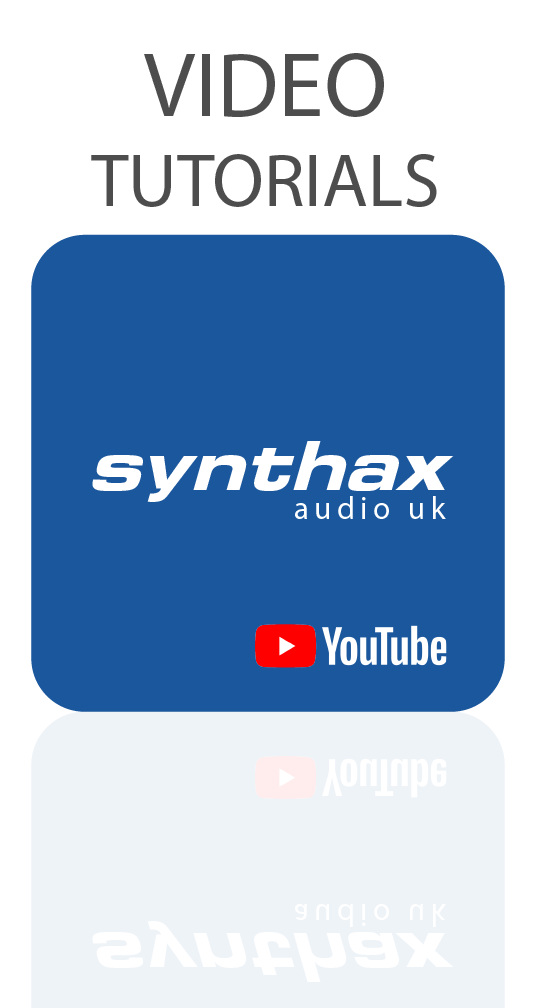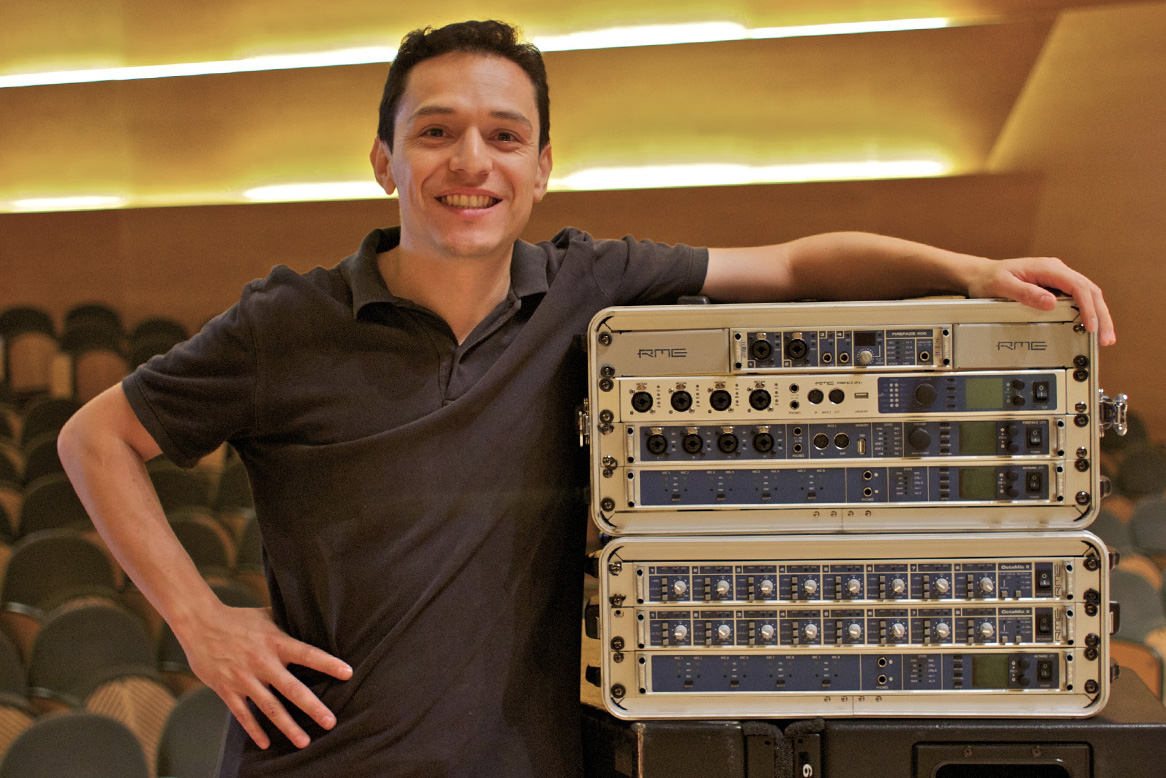
In the rack: RME Fireface 400, RME Fireface UFX+, RME Fireface UFX, 2x RME Octamic XTC and 2x RME Octamic II
Recording engineer Oscar Torres speaks to Synthax Audio UK about recording with RME hardware, in his work with the Cadaqués Orchestra, Castilla y Leon Symphony Orchestra and Barcelona Symphony Orchestra.
London-based Oscar Torres is an audio engineer who specialises in the recording and editing of classical music. Having studied Music and Sound Engineering in his native Colombia, he moved to the UK in 2006 to pursue a full time career in the recording industry.
Since then he has worked on projects for a variety of well-established record labels including Rubicon, Orchid, Nimbus, Onyx, Guild and Hyperion amongst others. For the past five years he has been responsible for engineering the CD releases of the Spanish label Tritó, including a series of recordings of the Cadaqués Orchestra.
See more videos at Synthax TV
As a long time RME user, Synthax Audio UK was excited to speak to Oscar about his preference for RME interfaces and microphone preamps, which he regularly uses in his work recording classical music around the world.
“I started using RME around 7 years ago” Oscar explains. “My first piece was an RME Fireface 400, an interface that I’m still using to this day. I really like it, it’s been very reliable, and it just works! I still use it when I’m travelling, if I need to do some work in the hotel or anywhere I don’t have access to a full studio. Sometimes the conductor or an artist would like to hear an edit the next day, so I use the Fireface 400 to put something together quickly. It’s a very portable unit that I can easily hook up to a laptop and enables me to run my DAW of choice: Pyramix.
“Since then I’ve continued to use several RME interfaces and mic pres – my current setup includes the original Fireface UFX and the new Fireface UFX+ audio interfaces, along with the Octamic II and Octamic XTC preamps.”
“The equipment works together extremely well – very user friendly and it doesn’t take too much space, which is perfect for jobs in which I have to travel by airplane taking the essential part of the recording rig. I feel that RME really has become a standard of sorts in classical music recording– a lot of engineers in the industry are using RME. The sound is crystal clear and very transparent, not much colour at all, and that really appeals to the world of classical recording. It’s perfect for recording all sort of ensembles, and retains all of the natural warmth and sonic qualities.”
“RME has become a standard of sorts in classical music recording
– a lot of engineers in the industry are using RME.”
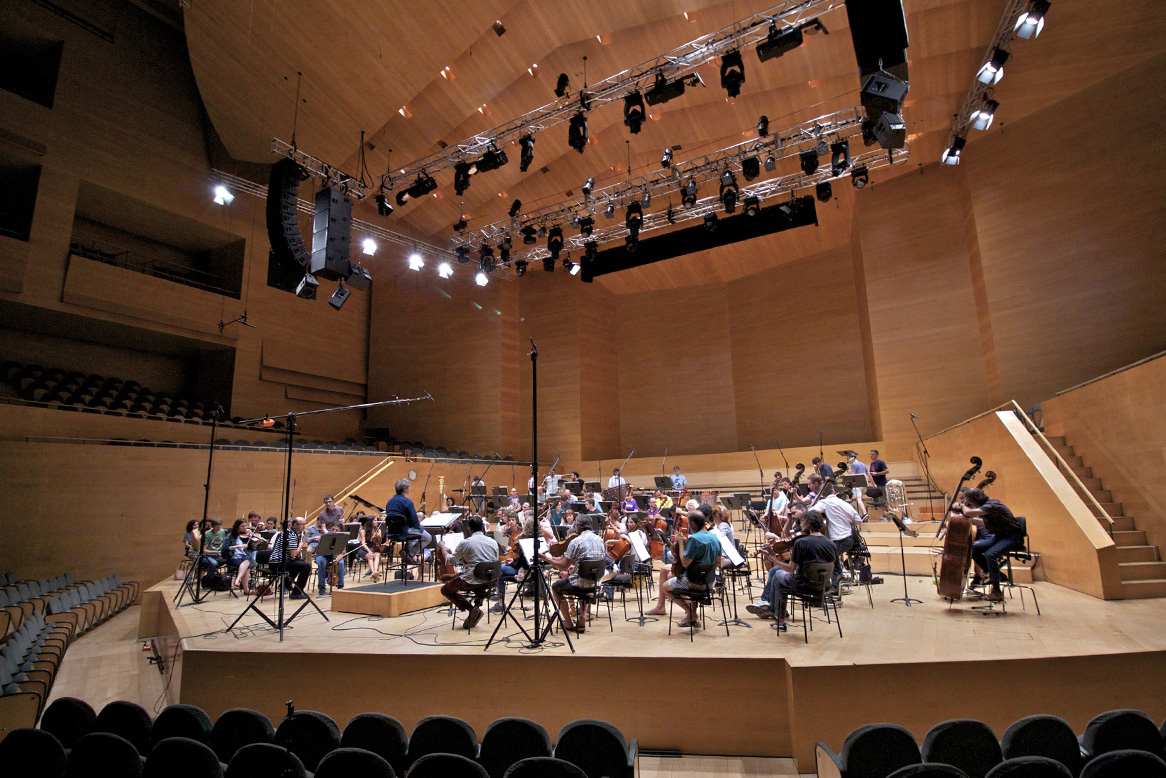
Recording Stravinsky and De Falla ballets with conductor Kazushi Ono and Barcelona Symphony Orchestra. Barcelona, July 2017. CD to be released in 2018
RME microphone preamps
In order to record the multitude of instruments he encounters, Oscar regularly performs location recordings with high numbers of microphones and channel-counts. The quality of the mic pres is therefore of vital importance, as Oscar explains.
“I started out using the Octamic II’s which are great units. Of course, in classical you use a lot of pairs of microphones for stereo recording, so that’s where the Octamic XTC is perfect because it allows me to accurately match the gain of the microphones in 1dB steps so I can be totally sure that the gain is identical across the board. This feature of the Octamic XTC becomes very handy at the time of storage and recall the session settings”
“The pres on the UFX are very similar, I like them a lot. And then with the new UFX+, you get a little bit more dynamic range. All of the RME pres are very quiet – the signal to noise ratio is great – especially in comparison with some of the analogue pres that I have, which can suffer from the usual problems associated with analogue, such as hiss.”
DURec – Direct to USB Recording

Recording Mahler and Beethoven 5th symphonies with conductor Gianandrea Noseda and Cadaqués Orchestra and Castilla y Leon Symphony Orchestra. Valladolid, May 2017. CD To be released later in 2017
Oscar went on to give us further details about his mobile recording setup, including his use of RME’s unique ‘DURec’ feature. Found on the new Fireface UFX II and Fireface UFX+, as well as the original Fireface UFX, DURec allows for all input channels to be recorded directly to a USB thumb drive or external hard disk (via the USB port found on the front panel), enabling the devices to operate as standalone hard disk recorders.
“I constantly use the UFX and UFX+’s DURec function. When the original UFX first came out, the DURec feature really appealed to me as I regularly do live recordings – it’s so handy to have that option. If the unfortunate event of a computer crashing happens, the UFX will carry on recording with no glitches whatsoever, so DURec is one of the things I’ve always found it to be totally reliable.”
“I’m also using the new RME ARC USB controller, which is perfect for controlling the transport features of the UFX, for example starting and stopping recordings remotely. This combined with the RME MIDI over MADI technology offers me the possibility of controlling the units remotely, among many other benefits of working with MADI”
“My main DAW is Pyramix, and I use the UFX and UFX+ in tandem to create backup recordings. I actually have two independent systems and run three recordings at any time – the UFX, the UFX+ and Pyramix are all recording simultaneously. With Pyramix I’m of course recording take by take, and the same with the UFX+, so whilst one hand is controlling Pyramix, the other is controlling the UFX+ via the ARC USB. Then with the original UFX I just let it run the whole time. In this way, if I ever were to lose both the UFX+ and Pyramix, the UFX would still be recording. So far this has never happened, but of course with live recordings you can really never be too careful! The signals are sent from the Octamic II and XTC, which I then split via MADI to the UFX+, and via AES/EBU, ADAT or even analogue to the UFX too.”
“Everything connects so seamlessly together.
I really like that about the RME range!”
When asked about the stability of RME gear, Oscar told us “One word – rock-solid!” He also commented on other positive features about RME: “The build quality, reliability and the sound quality of course – once you start building an RME rig it’s all so compatible. Everything connects so seamlessly together. I really like that about the RME range!”

The RME Fireface UFX+, RME's 188 Channel audio interface features a variety of analogue and digital connections, Advanced DURec, TotalMix FX, USB 3.0 & Thunderbolt connectivity, plus equal performance on both Mac and Windows.
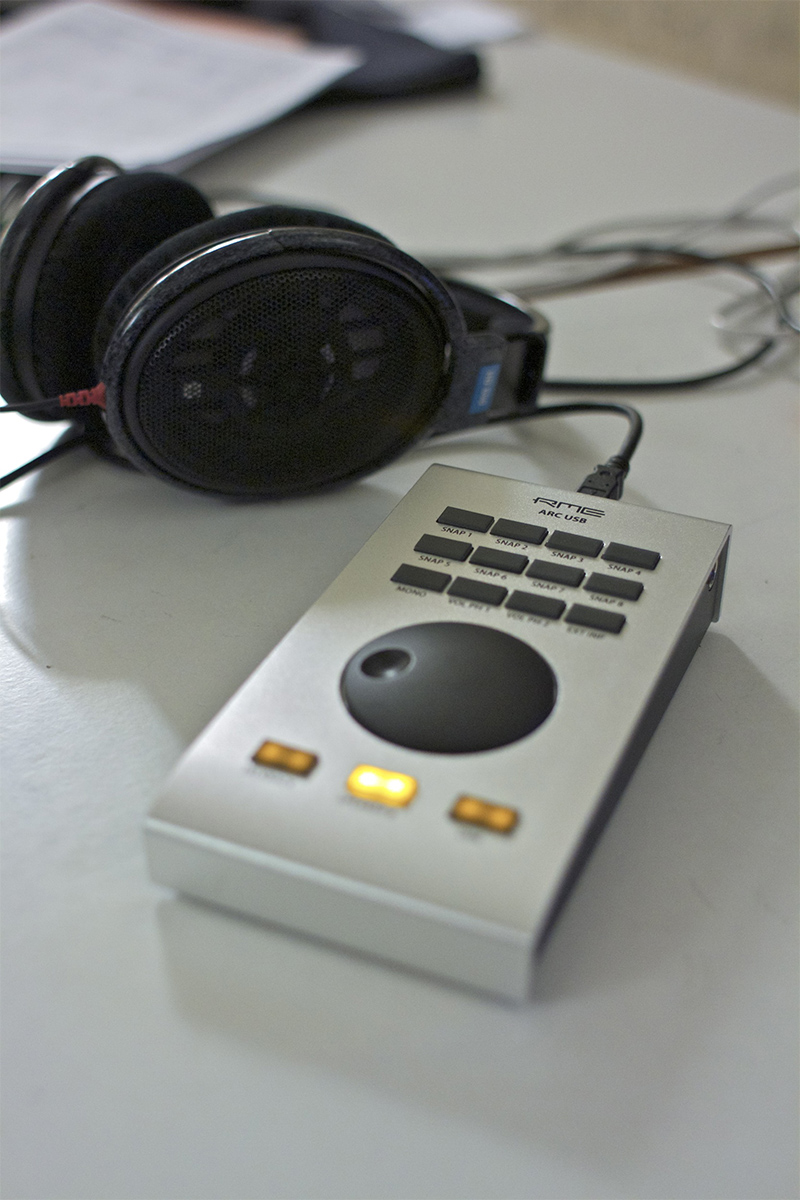
The RME ARC USB Advanced Remote Control, for remote control over RME audio interfaces.
TotalMix FX
Of course, no discussion about using RME hardware would be complete without mentioning TotalMix FX, RME’s comprehensive routing and monitoring software, that’s included with all RME audio interfaces. “Totalmix, yes I’m using it all the time! I know that some people feel it’s a bit complicated at first, but really once you understand it it’s actually very intuitive and really user friendly. What I like about it is that everything is right in front of you on one page, all of the features are immediately accessible, no hidden menus or anything, and I like the interface style of a traditional mixing desk too.”
“I love being able to create sub-mixes so quickly, and I can see all of the inputs and outputs with a single mouse-click. Last year I was recording an opera and one day somebody from a TV channel showed up and said he needed an audio feed from me, without giving me a heads up or anything! This could have been a real problem, but thanks to TotalMix it was so simple to route out another submix.”
“In my opinion, if you use RME then you must use TotalMix, it’s such a powerful part of the whole RME package. I sometimes use the EQ’s too, for both recording and monitoring. I’m happy to use them on the inputs too if I feel the need to modify the sound from source. I’ve certainly made a few recordings where I’ve used the EQ’s for shaping the sounds on the way in, and I’ve been perfectly happy with the results. I’ve used DIGICheck sometimes too, which can be very useful as a quick reference for analysing the incoming and playback signals.”
“with RME you definitely get what you pay for!”
To finish off, we asked Oscar what originally drew him to RME. “When I first started researching professional audio equipment, RME was a name that kept coming up – it had a very strong reputation with other professionals that I spoke with. That was 7 or 8 years ago, and I continue to be impressed with RME. Once you research the company, you’ll know that they’re serious about professional audio – they’re always developing new technologies that are actually useful to working engineers. Then once you start working with RME equipment, you’ll quickly realise that it’s of much better quality than a lot of the other options out there, and the price is very competitive too. Whilst there may be some cheaper options available, with RME you definitely get what you pay for!”
Our thanks to Oscar Torres. If you’d like to get in contact with Oscar or listen to more examples of his work, visit his website at www.oscartorres.co.uk
The footage in this video features a combination of footage from Oscar’s recent projects, which he worked on with producer Matthew Bennett. Both recordings will be released by the Spanish label Tritó ( www.trito.es );
1) Recording Mahler and Beethoven 5th symphonies with conductor Gianandrea Noseda and two orchestras (for the Mahler recordings): Cadaqués Orchestra and Castilla y Leon Symphony Orchestra.
Recorded in Valladolid, Spain on the 18th, 19th & 20th May 2017, a combination of two live concerts and recording sessions. CD to be released later in 2017.
2) Recording Stravinsky and De Falla ballets with conductor Kazushi Ono and Barcelona Symphony Orchestra.
The footage was shot during recording sessions in Barcelona, Spain on the 4th, 5th and 6th July 2017. This was the first disc of a double album with the ballets for which Picasso designed the scenography. The second CD will be released in 2018.
Find out more about the RME Fireface UFX+
Find out more about the RME ARC USB (Advanced Remote Control)
Find out more about the RME Octamic XTC
Find out more about the RME Octamic II
![]() If you'd like to know more about any of the RME pro audio solutions mentioned in this article, give us a call on 01727 821 870 to speak to one of our team or to arrange a demo.
If you'd like to know more about any of the RME pro audio solutions mentioned in this article, give us a call on 01727 821 870 to speak to one of our team or to arrange a demo.
You can also contact us here.







